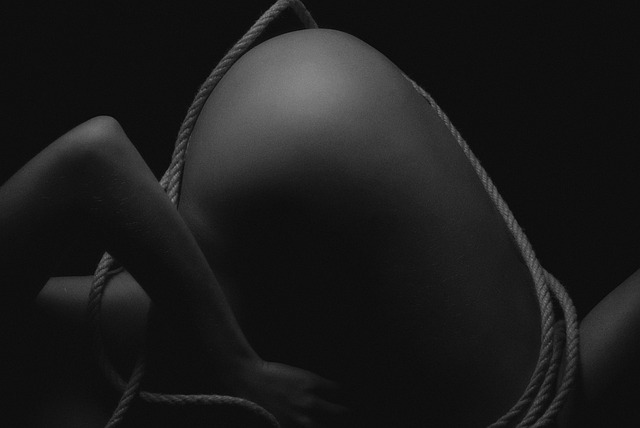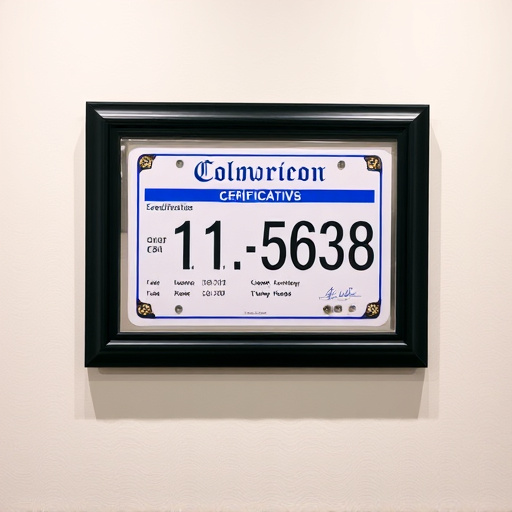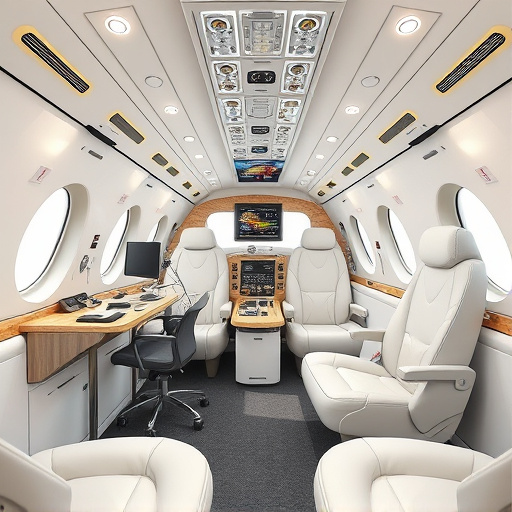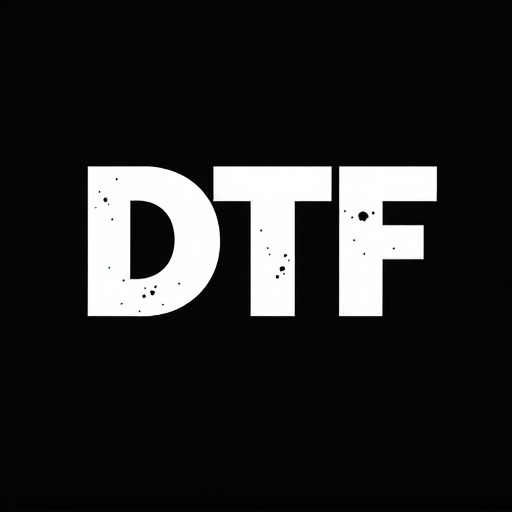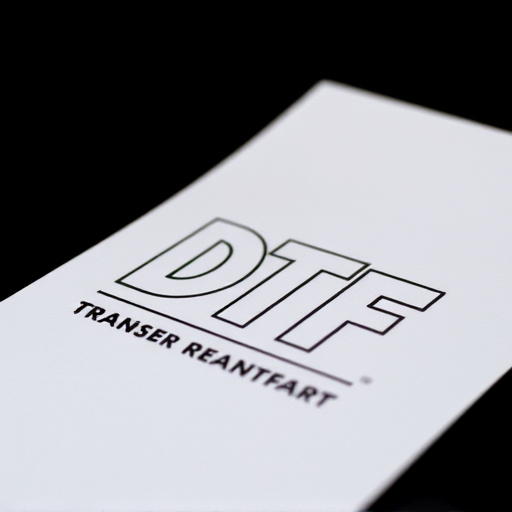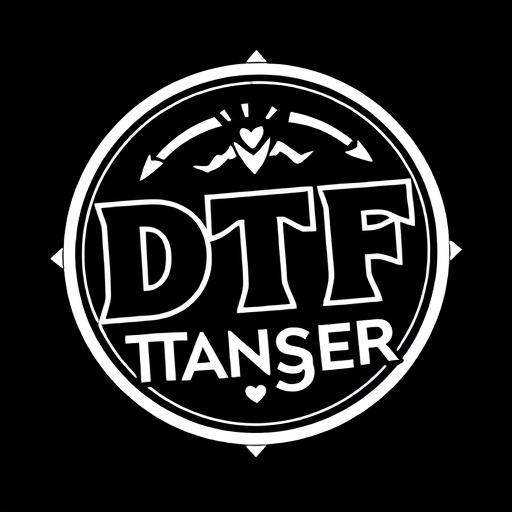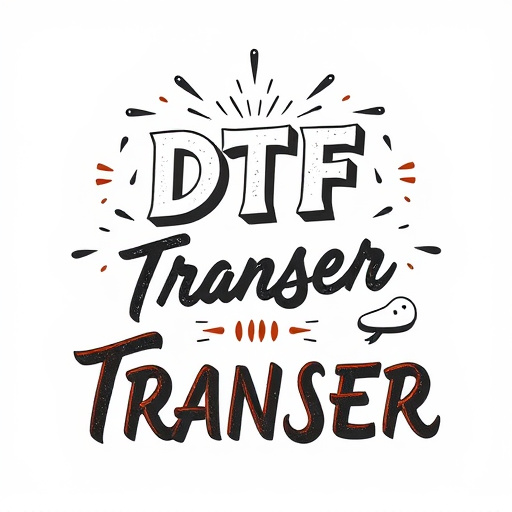DTF (Direct-to-Film) Printing is a revolutionary technology enhancing various industries' visual communication. It directly prints intricate designs onto film, eliminating intermediate steps and offering exceptional detail accuracy. From fashion to automotive, DTF Printing reproduces complex patterns, textures, and fine details with unparalleled clarity, ensuring superior durability. Advanced machinery, standardized procedures, and high-quality materials ensure consistent top-tier results. This cutting-edge method is paving the way for more sophisticated film transfer techniques, promising even better preservation of intricate design elements in the future.
In the realm of design, where intricate patterns meet vibrant visuals, DTF Printing emerges as a game-changer. This cutting-edge film transfer technology is revolutionizing industries by reproducing complex designs with astonishing detail and precision. From fashion to packaging, DTF Printing enhances aesthetics and elevates brand identity. Understanding its direct-to-film process unveils the secrets behind capturing fine details and complex patterns, ensuring quality and consistency across applications. Explore this innovative technique and its future advancements redefining visual storytelling.
- Understanding DTF Printing: An Overview of Direct-to-Film Technology
- The Advantages of Film Transfers for Intricate Designs
- How DTF Printing Captures Fine Details and Complex Patterns
- Applications of DTF Printing in Various Industries
- Ensuring Quality and Consistency in DTF Printing Processes
- Future Trends: Advancements in Film Transfer Techniques
Understanding DTF Printing: An Overview of Direct-to-Film Technology
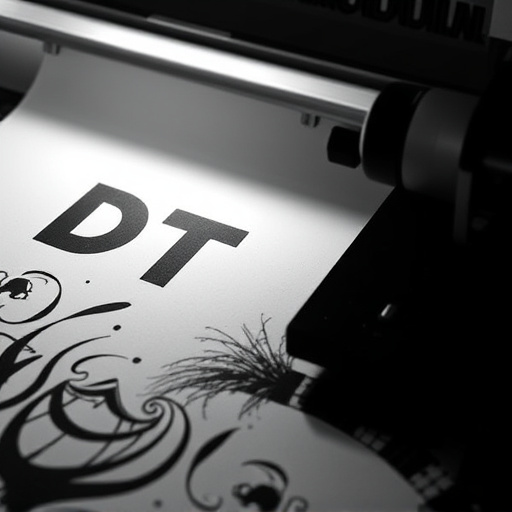
Direct-to-Film (DTF) Printing is a cutting-edge technology that has revolutionized the way intricate design elements are reproduced in the film transfer process. Unlike traditional methods, DTF eliminates the need for intermediate steps by applying inks directly to the film surface. This innovative approach allows for exceptional detail and accuracy in replicating complex patterns, making it a game-changer for industries requiring high-fidelity visuals.
The technology utilizes specialized equipment to precisely deposit ink onto the film, ensuring every nuance of the design is captured. This method is particularly beneficial for sectors like fashion, textiles, and automotive, where intricate patterns and logos need to be reproduced with precision. DTF Printing’s ability to create vibrant, detailed prints directly on film opens up new possibilities for designers and manufacturers, fostering creativity and enhancing visual communication in various applications.
The Advantages of Film Transfers for Intricate Designs
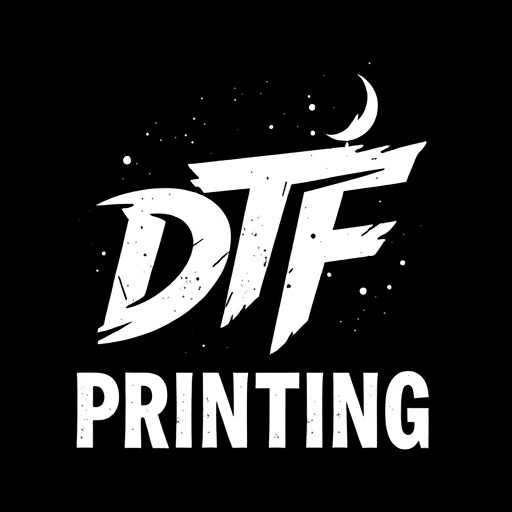
Film transfers, particularly Digital Transfer Film (DTF) Printing, offer a unique set of advantages for reproducing intricate design elements on fabric and other materials. One of the key benefits is their ability to capture even the most detailed patterns and textures with exceptional clarity and precision. DTF Printing allows for seamless integration of complex designs, ensuring that every line, shadow, and color gradient is accurately represented in the final product.
Additionally, film transfers provide a level of flexibility and versatility that traditional printing methods struggle to match. They can be easily customized and adapted to various material surfaces, making them ideal for creating distinctive, one-of-a-kind garments or textile art pieces. This technology also offers a more durable solution, as the designs are permanently etched onto the film, resisting fading or wear over time, ensuring that intricate details remain vibrant and intact.
How DTF Printing Captures Fine Details and Complex Patterns
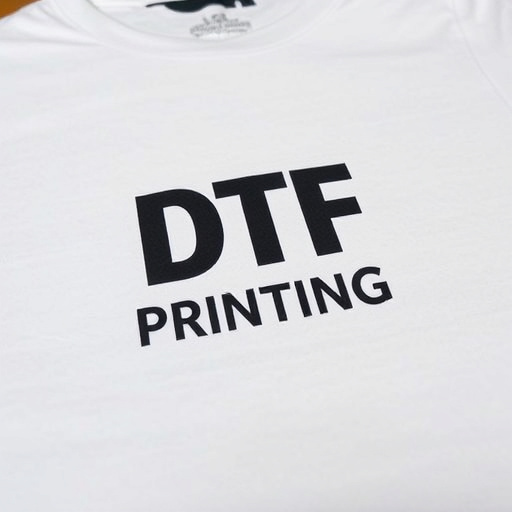
DTF (Direct to Film) Printing is a revolutionary technique that excels in capturing and reproducing intricate design elements with remarkable precision. This method involves transferring images directly onto film, allowing for an incredibly detailed reproduction of complex patterns. By utilizing specialized printers and high-resolution films, DTF enables the capture of fine details that would be challenging or impossible to achieve with traditional printing methods.
The process ensures that every curve, line, and subtle shade in the original design is accurately translated onto the final print. This level of detail preservation is particularly advantageous for patterns featuring tiny motifs, delicate engravings, or intricate artwork. DTF Printing has become a game-changer in various industries, from fashion and textiles to packaging and art reproduction, where the ability to faithfully represent fine details is paramount.
Applications of DTF Printing in Various Industries
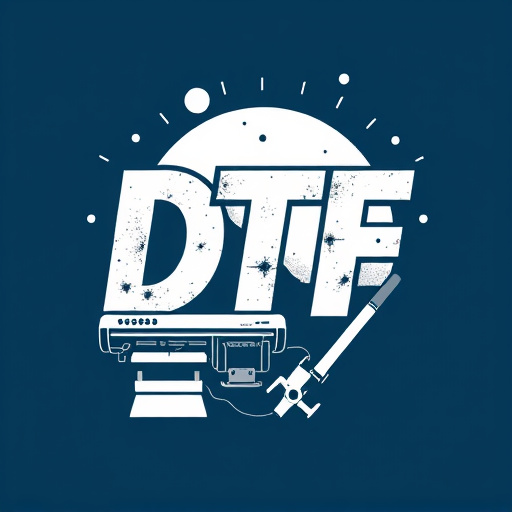
DTF (Direct-To-Film) Printing has revolutionized various industries by offering an unparalleled level of detail and precision in reproduction. Its applications are vast, ranging from high-end packaging and labels to intricate circuit board manufacturing. In the fashion industry, DTF Printing enables the creation of vibrant, detailed textile designs, allowing brands to showcase unique patterns and artwork on clothing and accessories.
Moreover, industries such as automotive and aerospace benefit from DTF’s ability to produce precise, complex geometric shapes and intricate patterns. This technology is instrumental in creating lightweight components with enhanced aesthetic appeal. Additionally, medical devices and electronics sectors leverage DTF Printing for manufacturing components requiring tight tolerances and intricate designs, ensuring both functionality and visual sophistication.
Ensuring Quality and Consistency in DTF Printing Processes
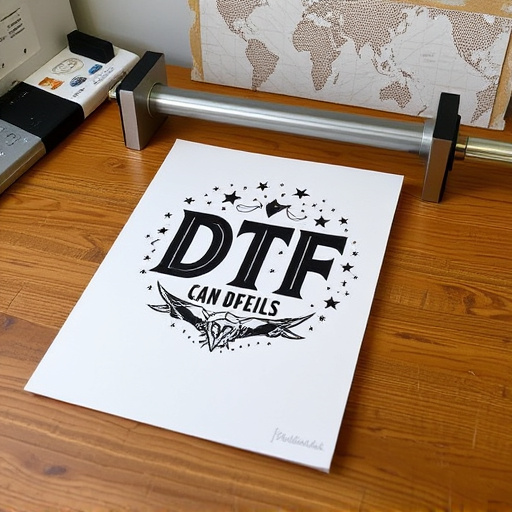
In the realm of DTF (Direct-to-Film) printing, achieving quality and consistency is paramount to reproducing intricate design elements accurately. The process demands meticulous attention to detail at every stage, from inputting the original art to the final output. Professional printers employ advanced equipment and calibrate settings precisely to ensure color accuracy, resolution, and sharpness. This includes using high-resolution scanners capable of capturing even the smallest details and specialized printing machines that can reproduce these details with remarkable fidelity.
Consistency is maintained through standardized procedures and quality control measures. This involves using top-grade films and inks known for their vibrancy and durability. Each batch of prints undergoes thorough inspection to verify adherence to specified standards, ensuring that intricate design elements remain faithful to the original. Regular maintenance of printing equipment further guarantees consistent performance over time, thereby securing high-quality DTF printing results every step of the way.
Future Trends: Advancements in Film Transfer Techniques
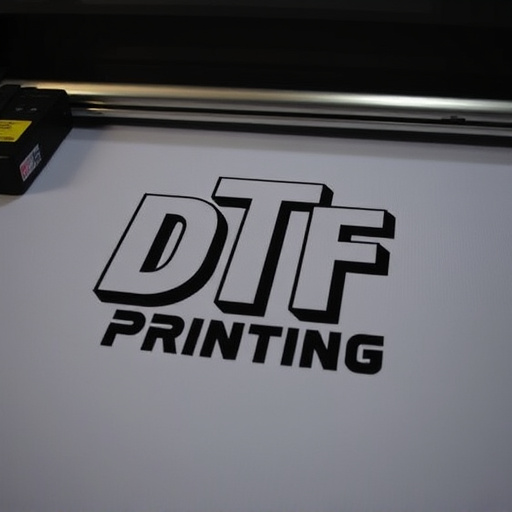
The future of film transfer techniques promises exciting innovations that will further enhance the preservation and reproduction of intricate design elements. Digital technology is increasingly playing a pivotal role, with advanced scanning methods and high-resolution imaging allowing for more detailed capture of original films. This shift towards digitalization opens up possibilities for enhanced color accuracy, improved grain structure, and even restoration of damaged or faded footage.
One notable trend is the integration of DTF (Direct to Film) Printing, a cutting-edge process that enables direct printing onto film stock, offering unparalleled control over image quality. This technique can reproduce fine details and textures with remarkable fidelity, making it ideal for applications requiring high-fidelity visual representation. As technology continues to evolve, we can expect even more sophisticated methods, pushing the boundaries of what’s possible in film transfer and ensuring that intricate design elements are preserved for future generations.



